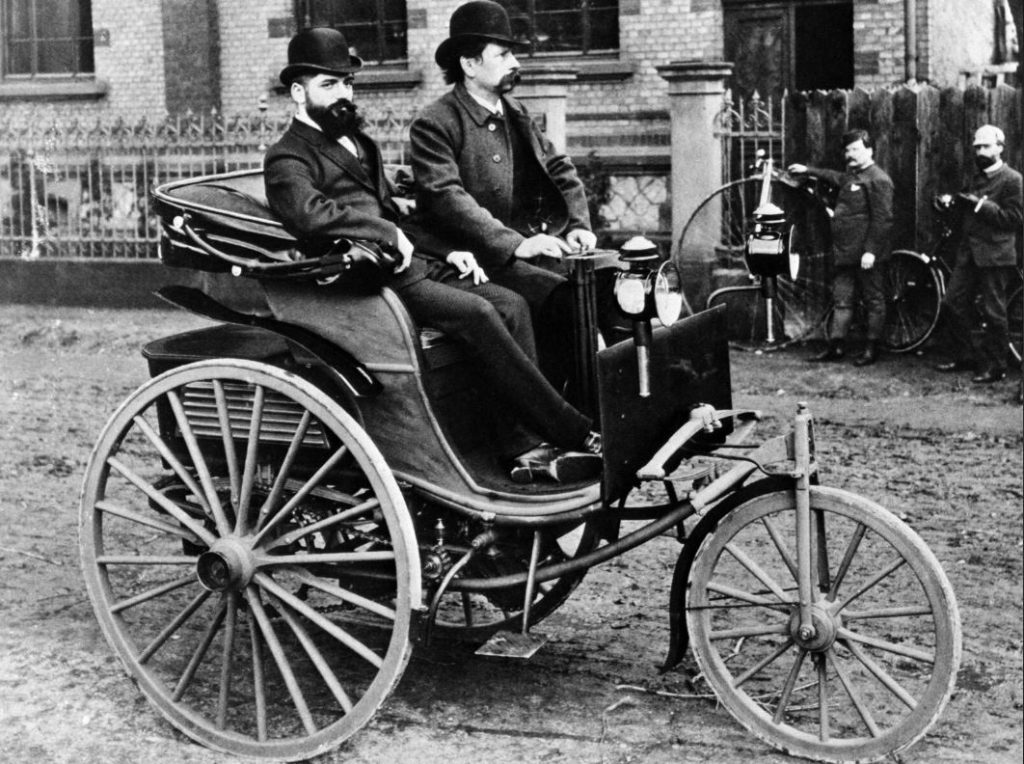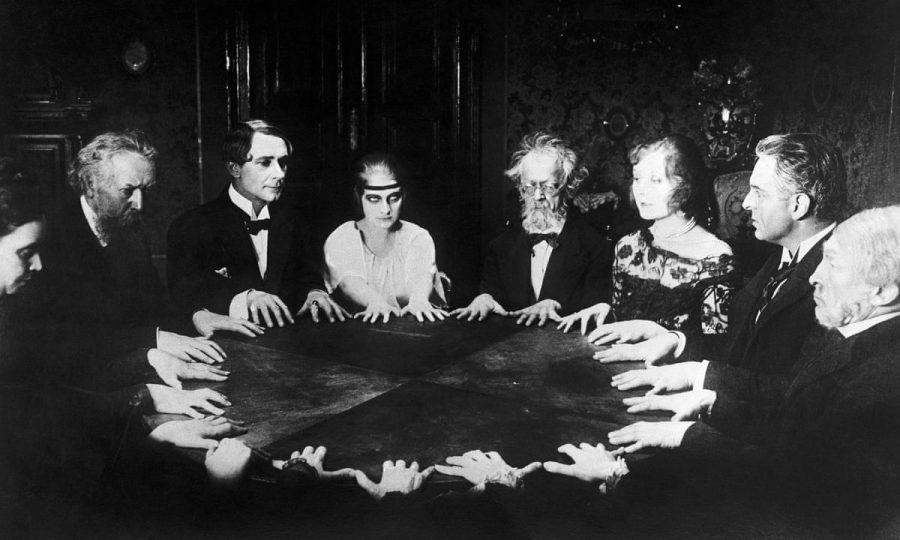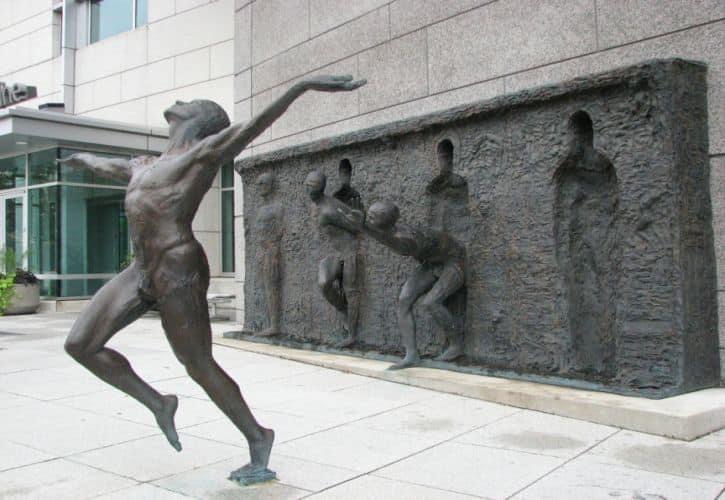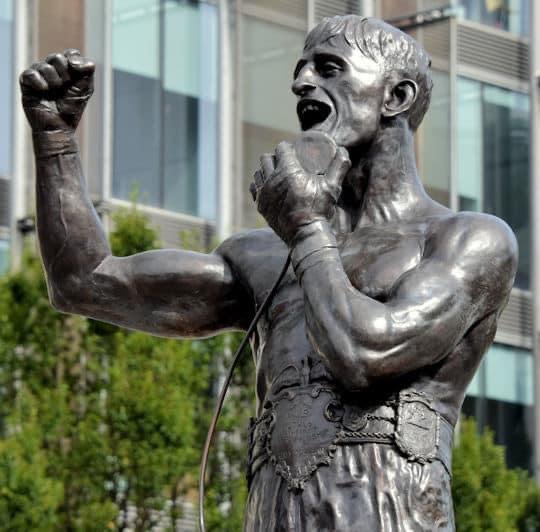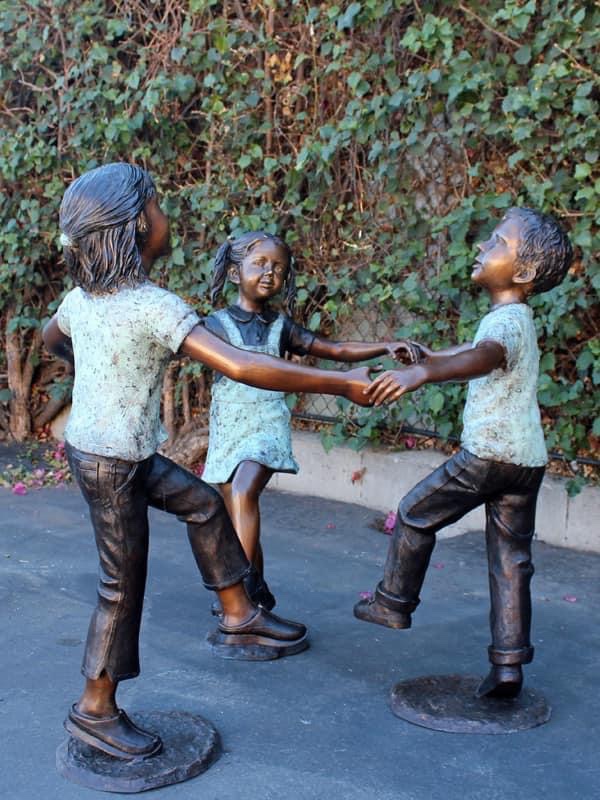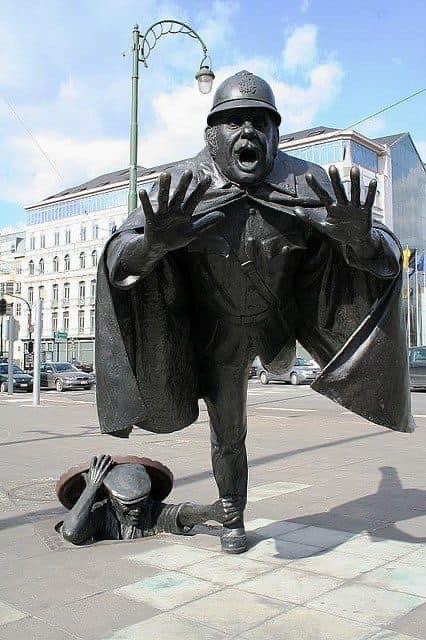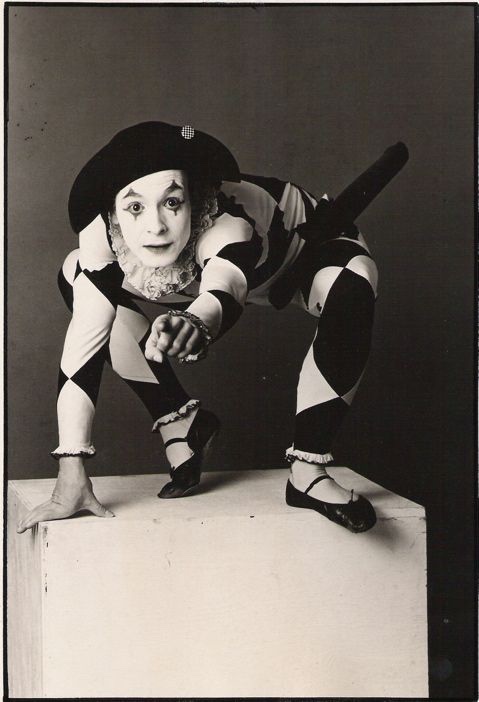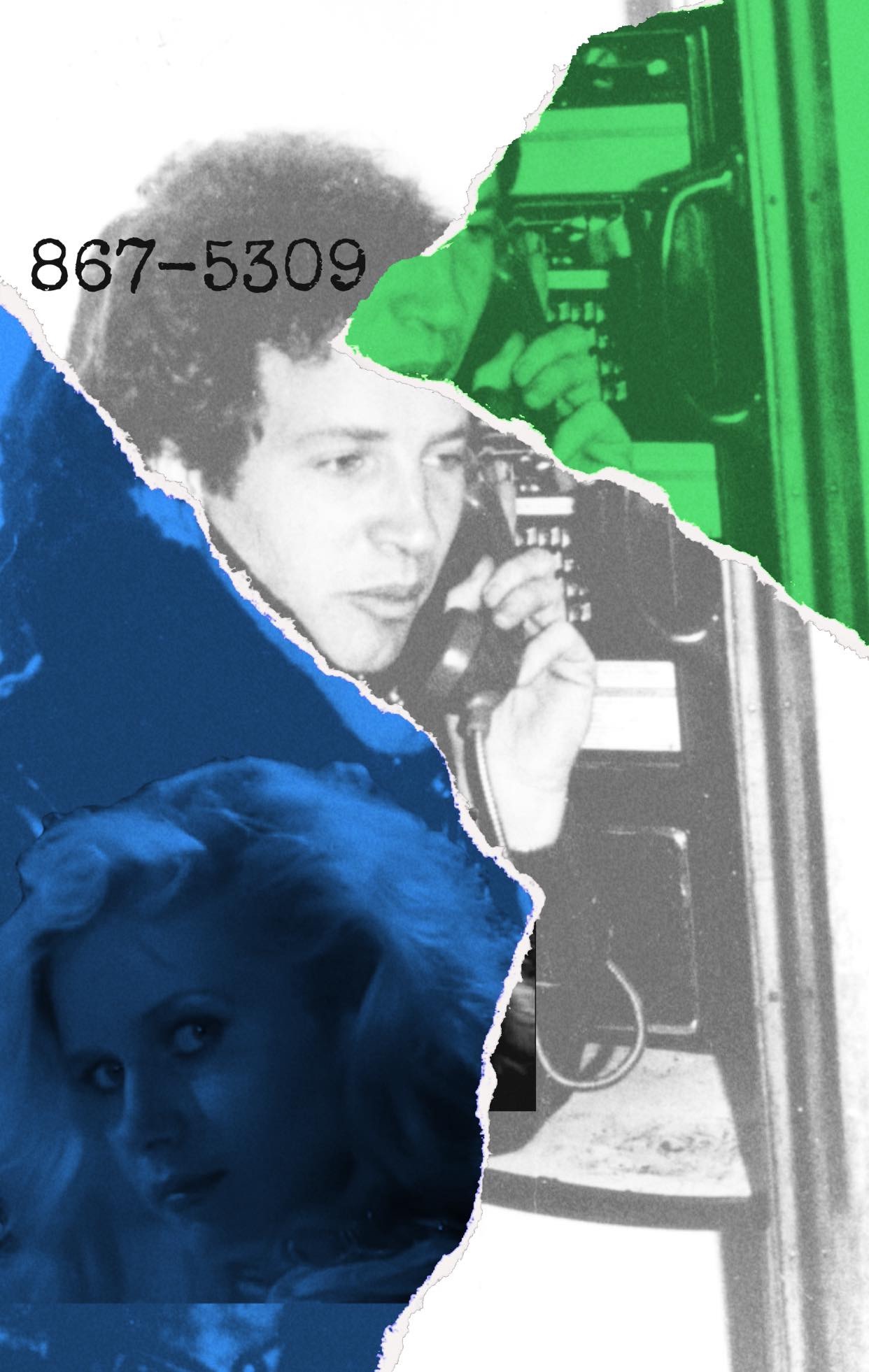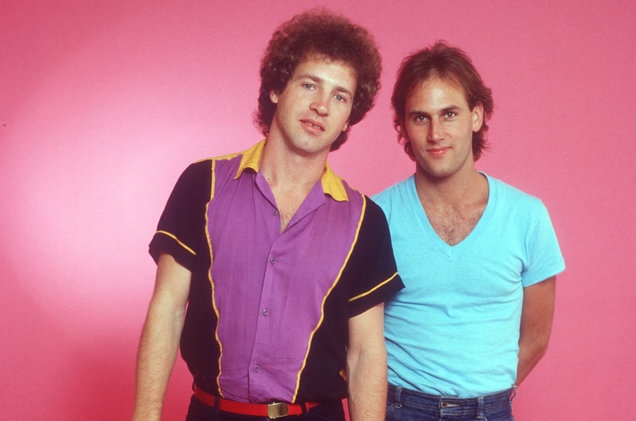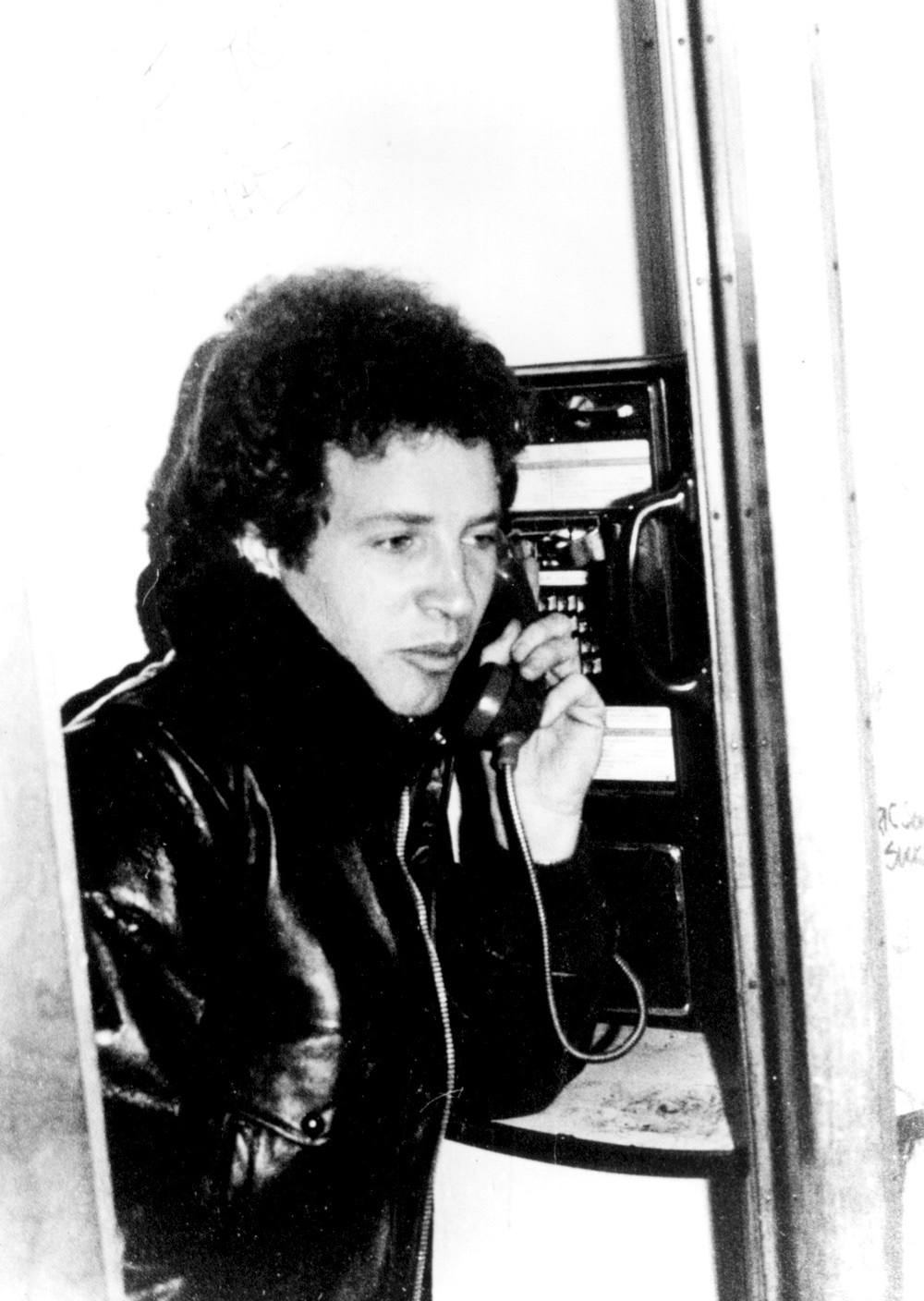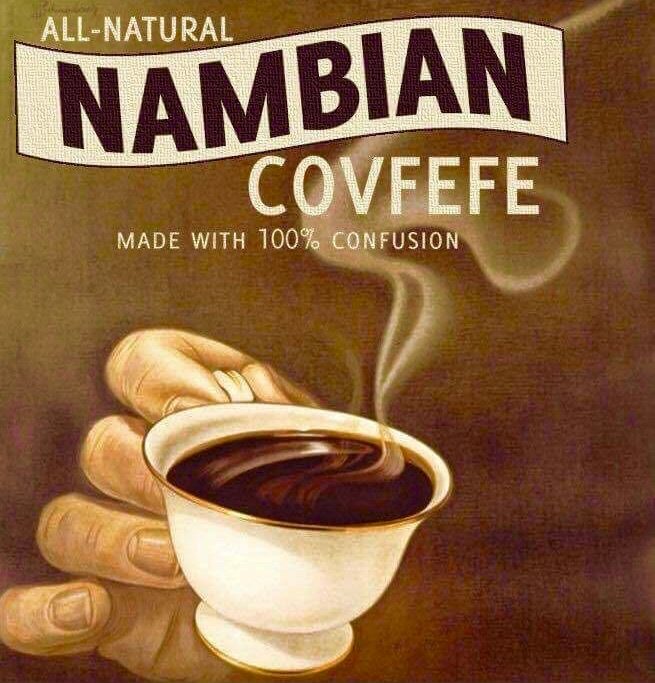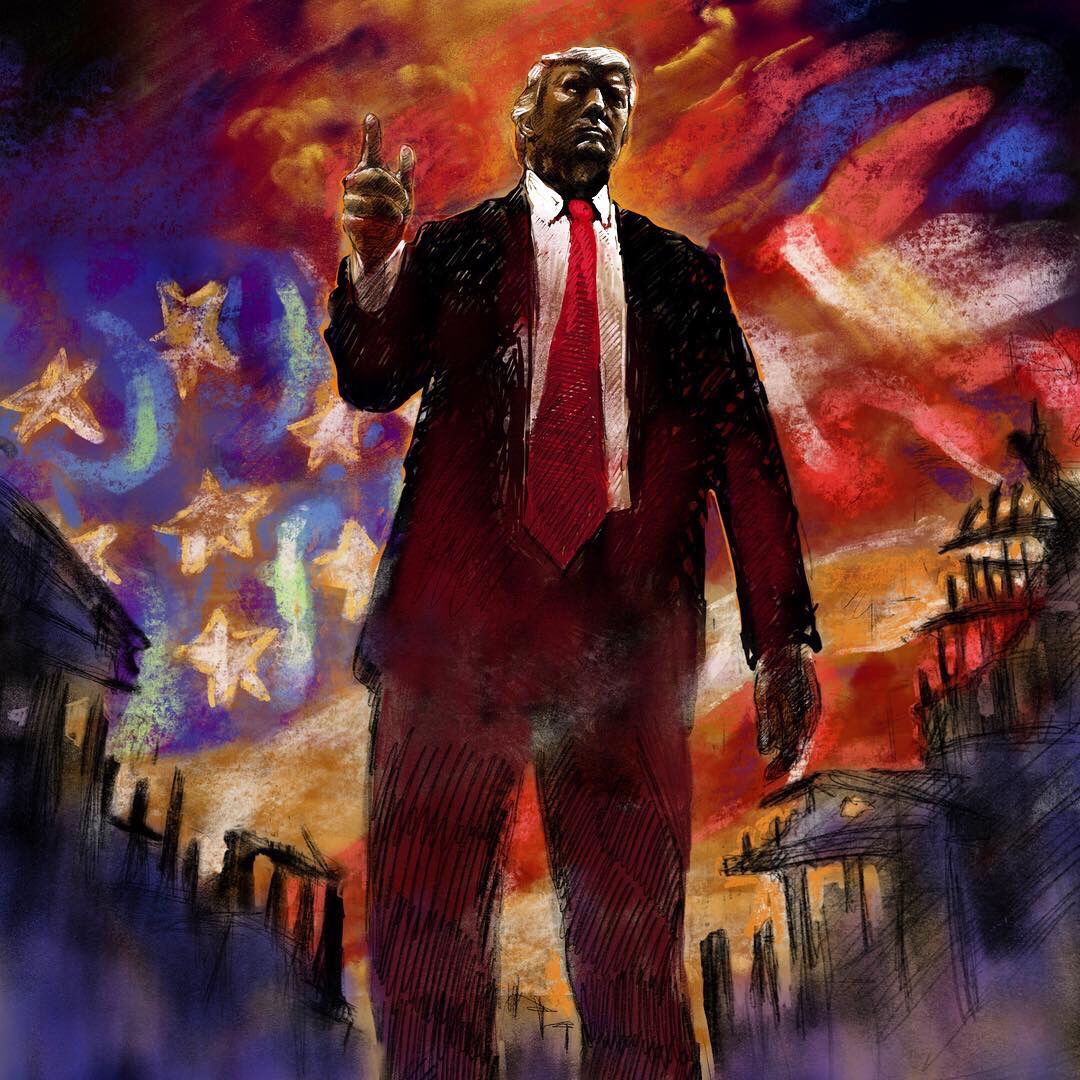Ladies and gentlemen, buckle up because on January 20th, 2017, ATN (American Television Network) premiered the wildest reality TV show the world had ever seen. The genre? Reality TV, but not the kind with roses or dance-offs. No, this was the big league—Presidential Election Edition.
Picture this: a narcissistic bully with hair that could double as a corn husk and skin that screamed “orange marmalade” in every conceivable way. His name? Donald J. Trump. This man, an epitome of wealth and privilege, didn’t just enter the American election—he bought it. And just like that, he swaggered into the Oval Office, the ultimate ugly American reality TV star.
Reviews were in: Trump was a brash, aggressive vulgarian, a self-proclaimed ladies’ man who told sexist jokes and laughed the loudest. He was a walking caricature, a vain, wealthy, and utterly self-serving man. The Great White Dope of American nationalism, blissfully ignorant of the basics of governance. And oh, did the liberal elite have a field day! Colbert, Noah, Maher, Oliver—they all took turns skewering this neon-orange monstrosity, like a never-ending comedic roast.
But it wasn’t all fun and games. As Martin Luther King warned, “nothing in the world is more dangerous than sincere ignorance and conscientious stupidity.” Trump embodied this warning to a T, a clear and present danger, convinced of his own non-existent brilliance. He was the King of Crass, anointed by a gleeful public, crowned with names like Crotch-Fondling Adolf Twitler and modern Groepenführer, all while parading his “pussy-grabbing” prowess like a peacock with a penchant for petty vulgarity.
And let’s not kid ourselves—we’re all complicit in this tragicomic horror show. The media, playing Dr. Frankenstein, endlessly regurgitated every fetid utterance from his mouth, while we, the public, acted as Frankenstein’s hunchbacked assistant, eagerly sharing and resharing the monstrosity across social media, under the guise of resistance.
Welcome to the Trumpocalypse, where reality TV and reality itself collided in a grotesque spectacle. We created this rancid meatloaf of a political figure, served it up as a man of the people, and now we’re all stuck with the leftovers.
But, how did we get here?
It was a surreal November in 2016 when the stars aligned in the most twisted constellation imaginable, launching Donald J. Trump to the peak of GOP glory. Four cosmic forces collided in a spectacular testament to the absurdity of the modern American political circus.
First, let’s talk about the puppet masters: the cable news networks. These for-profit juggernauts, perpetually starved for ratings, found their golden goose in Trump. Here was a walking, talking ratings bonanza, a professional wrestling villain wrapped in a business suit, delivering a masterclass in absurdity. He captivated the masses with his never-ending stream of chaos, a circus act so irresistible it glued eyeballs to screens and kept advertisers salivating.
Next, we’ve got the GOP, a party spoon-feeding its base a toxic stew of misinformation and broken promises. They stoked the fires of discontent, crafting a reality so detached from actual facts it would make George Orwell blush. What did they get for their trouble? A Frankenstein’s monster—a seething, irrational, cable-TV-addicted creature, ready to devour anything that smelled like the establishment.
Then there’s the economic landscape—a barren wasteland for many, despite the so-called recovery. The top 1% were dancing in their gilded fortresses, while vast swathes of the country remained marooned in the shadow of George W. Bush’s Great Recession. These forgotten souls, trapped in their forsaken zip codes, were simmering with fear and rage. And where did they turn? Back to their televisions, of course, waiting for a savior.
And finally, the pièce de résistance: Trump himself. This man proved to be a political savant, a maestro of the modern media age. His arrogance was only matched by his uncanny knack for turning spectacle into strategy. He harnessed his reality TV chops to craft a campaign less about policies and more about showmanship, surfing a tidal wave of free publicity all the way to the nomination.
I, like many, thought the Trump show would be a flash in the pan, a brief, bizarre interlude in American politics. Even Trump himself seemed to expect nothing more than an expanded brand. Well, he got that—and a whole lot more. The phenomenon didn’t burn out; it exploded, forever altering the landscape of American politics.
So, welcome to the new reality, folks. The circus isn’t just in town; it’s set up permanent residence in the White House. But let’s hold onto a shred of hope. This chapter, as bizarre and unsettling as it is, reminds us of the power we hold as citizens. Maybe, just maybe, this spectacle will serve as a wake-up call, prompting a return to reason, empathy, and genuine leadership.
The show’s not over yet, and the next season is ours to write.
Like this:
Like Loading...
